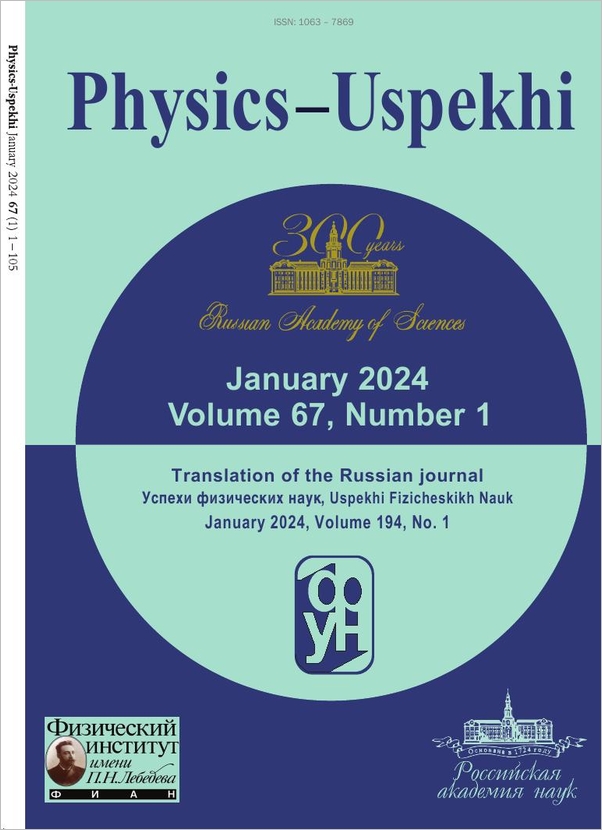|
This article is cited in 197 scientific papers (total in 197 papers)
REVIEWS OF TOPICAL PROBLEMS
Statistical model of matter
D. A. Kirzhnitsa, Yu. E. Lozovikb, G. V. Shpatakovskayac
a P. N. Lebedev Physical Institute, the USSR Academy of Sciences, Moscow
b Institute of Spectroscopy of the USSR Academy of Sciences, Troitsk, Moscow region
c Keldysh Applied Mathematics Institute, Academy of Sciences of the USSR
Abstract:
This review is devoted to the development of the statistical model of matter over the last twenty years. The ranges of applicability of the model for electron-nuclear systems (atoms, solids, plasmas) are considered. Effects lying beyond the scope of statistical model (exchange, correlation, quantum and shell effects) are analyzed. The relative roles of the effects enumerated are estimated in different regions of temperature and pressure. The possibility of taking these effects into account as small corrections in the region of applicability of the statistical model is demonstrated. Here a procedure for expanding the physical quantities in series in the small parameters characterizing the corresponding effects is used. Allowance for the corrections considerably extends the possibilities of the statistical model in the study of the structure of matter and makes it possible to obtain new qualitative and quantitative results. It is found, e.g., that allowance for shell effects in the thermodynamics of highly-compressed matter leads to the existence of firstorder phase transitions associated with the “squeezing-out” of discrete shells into the continuous spectrum. The refinement of the statistical model at short distances from the nucleus, and other applications to atomic physics, are discussed. The application of the statistical model to the description of the dynamical properties of matter is also considered. In particular, the problem of the collective oscillations of the electron cloud of an atom is treated and the results of a numerical calculation of the corresponding frequencies and widths are given. The method of the density functional is briefly described.
Citation:
D. A. Kirzhnits, Yu. E. Lozovik, G. V. Shpatakovskaya, “Statistical model of matter”, UFN, 117:1 (1975), 3–47; Phys. Usp., 18:9 (1975), 649–672
Linking options:
https://www.mathnet.ru/eng/ufn10059 https://www.mathnet.ru/eng/ufn/v117/i1/p3
|


| Statistics & downloads: |
| Abstract page: | 80 | | Full-text PDF : | 33 |
|





 Contact us:
Contact us: Terms of Use
Terms of Use
 Registration to the website
Registration to the website Logotypes
Logotypes








 Citation in format
Citation in format 
